FSF at RSPSoc
Exhibitor stands at RSPSoc2008

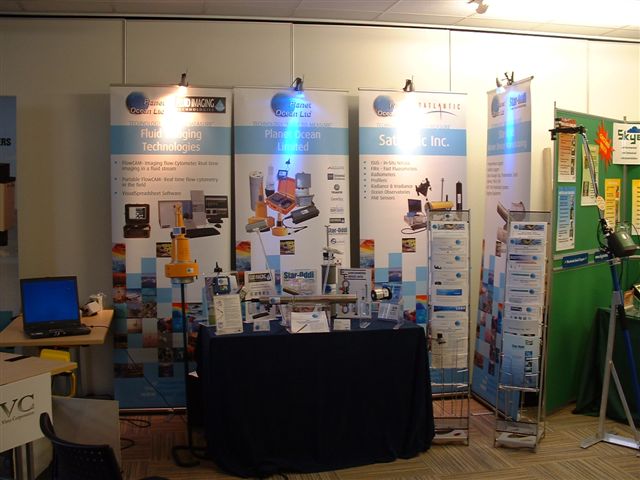
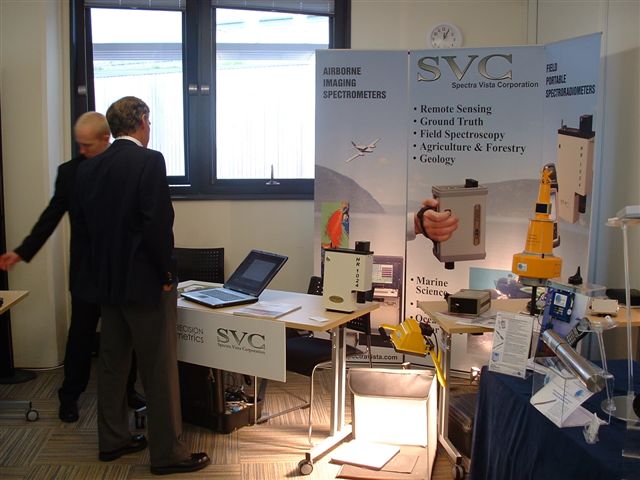
Dockside demonstration at RSPSoc 2008
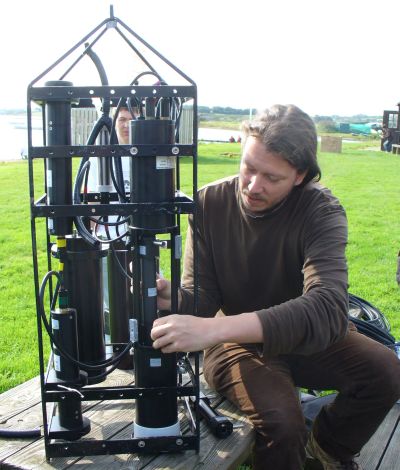
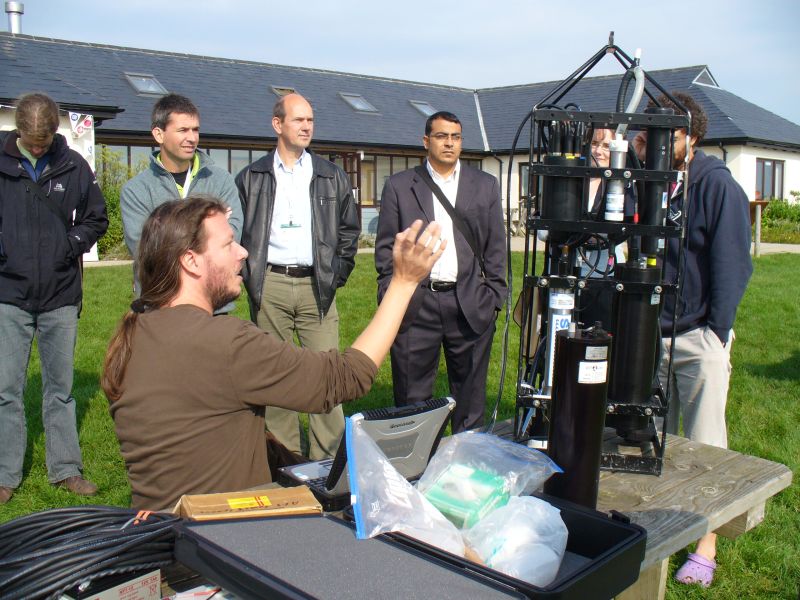
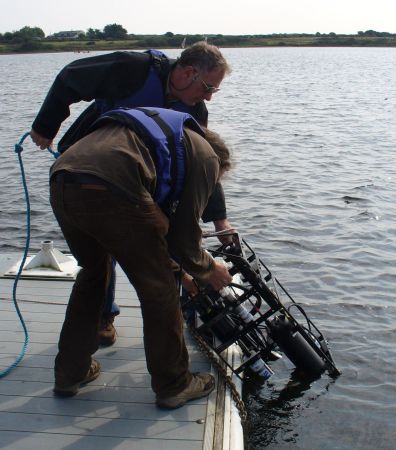

The NERC Field Spectroscopy Facility hosted a series of field spectroscopy manufacturer demonstrations at this year's Remote Sensing and Photogrammetry Society Conference held at the Cornwall Campus of the University of Exeter near Falmouth
Well attended demonstrations of both terrestrial and marine/aquatic equipment generated great interest from both existing and potential new users
NERC Field Spectroscopy Facility assisted in the organisation of the Remote Sensing and Photogrammetry Society Conference (RSPSoc 2008) at the University of Exeter, Falmouth Campus in Cornwall, UK where Dr Tim Malthus chaired a series of manufacturer led demonstration sessions featuring state of the art field spectroscopy equipment recently acquired by the Facility. Most of these instruments will be available for loan from the Facility during. Over the course of the 3 day conference, 5 sessions were organised with manufacturer’s representatives from the UK and USA discussing their approach to field spectroscopy and demonstrating the use of their instruments and an open floor discussion between the FSF, manufacturers and users was encouraged.
The first demonstration, held on Monday morning, featured the field portable, high resolution Fourier Transform Infrared (FTIR) instrument, newly developed by MIDAC, of the USA, to FSF’s specification and requirements. The FSF FTIR is a quarter of the weight of existing units, and incorporates a rugged, high resolution interferometer measuring over 2-15um. The Tuesday demonstrations began by Dr Brian Curtiss of ASD Inc This instrument is lighter and more portable than its predecessor and has a wireless control interface making fieldwork easier. A FieldSpec 3 has recently been purchased by FSF as a replacement for an aging spectroradiometer. However, the FSF FieldSpec3 has been configured to accept data from a broadband external irradiance sensor with the data stored in the spectral data file header enabling decision to be made on the quality of spectral data during post processing. Jay Zakrzewski of Headwall Photonics
This instrument is lighter and more portable than its predecessor and has a wireless control interface making fieldwork easier. A FieldSpec 3 has recently been purchased by FSF as a replacement for an aging spectroradiometer. However, the FSF FieldSpec3 has been configured to accept data from a broadband external irradiance sensor with the data stored in the spectral data file header enabling decision to be made on the quality of spectral data during post processing. Jay Zakrzewski of Headwall Photonics
On the Wednesday morning the FSF hosted an aquatic applications session. This session showcased recently acquired instrumentation for measuring optical properties of natural waters, instruments for measuring in-water light fields and also freely available open-source software which can utilise this data for radiative transfer modelling of light within and above the water column.
Overall, the conference was a tremendous success, with many attendees giving positive feedback concerning the practical demonstration sessions, and many expressing interest in applying for FSF equipment loans in the future. Additionally, the RSPSoc Chairman, Dr Paul Aplin has since thanked the NERC FSF for its contribution in making the conference a success.
A flyer summarising the demonstrations is available here
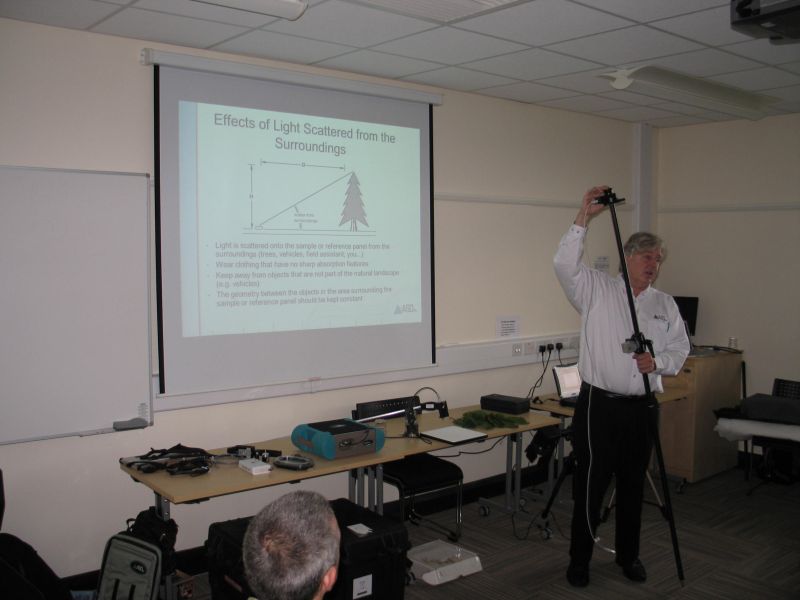 Dr. Tim Malthus introduced the session by giving an overview of the FSF and its capacity to support marine and freshwater research. Then, led by Dr. John Hedley (University of Exeter), FSF Staff and a representative from WETLabs, delegates partook in a field trip to the nearby Stithians Lake
Dr. Tim Malthus introduced the session by giving an overview of the FSF and its capacity to support marine and freshwater research. Then, led by Dr. John Hedley (University of Exeter), FSF Staff and a representative from WETLabs, delegates partook in a field trip to the nearby Stithians Lake




